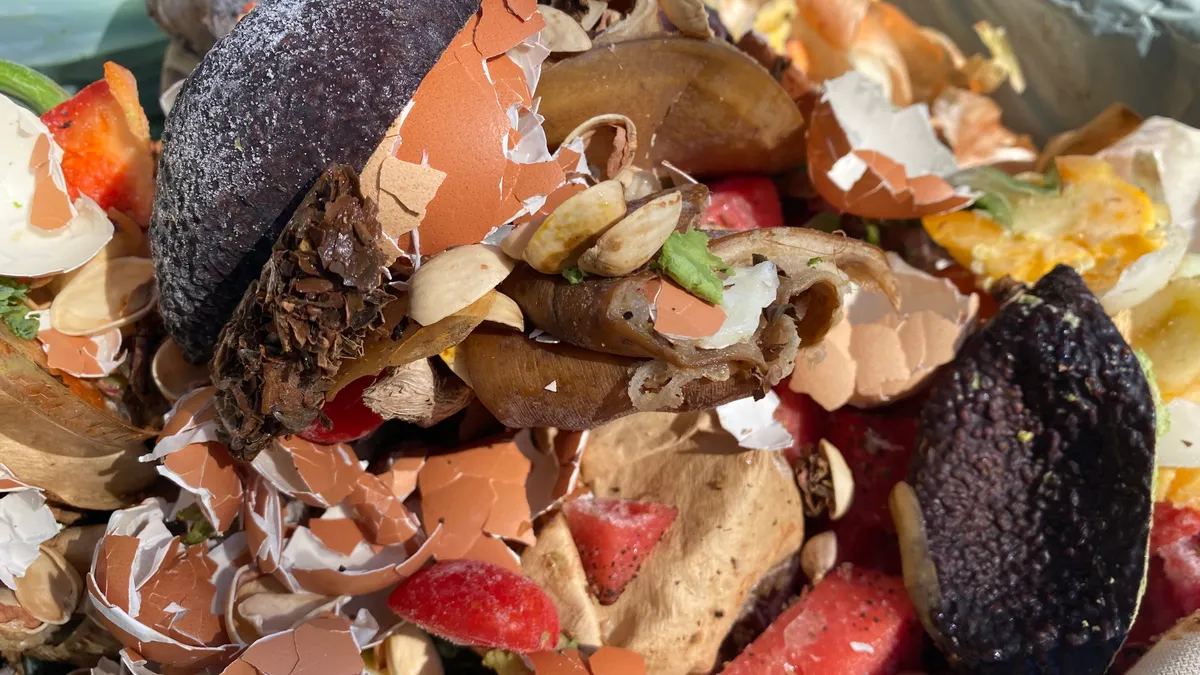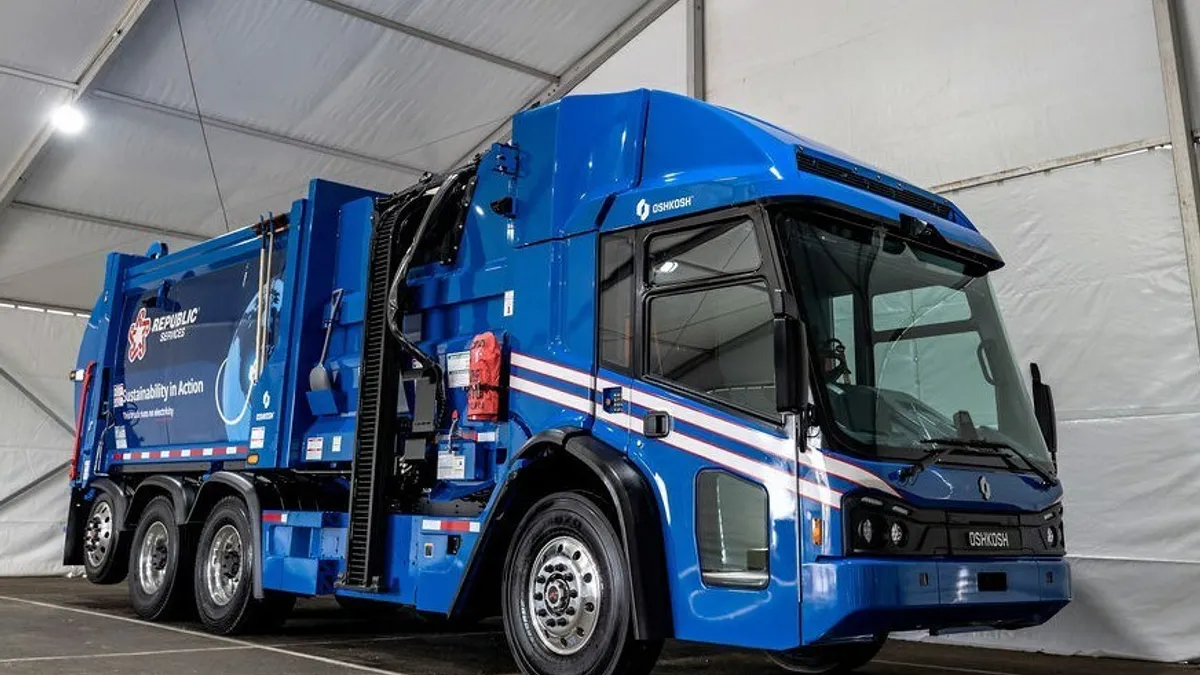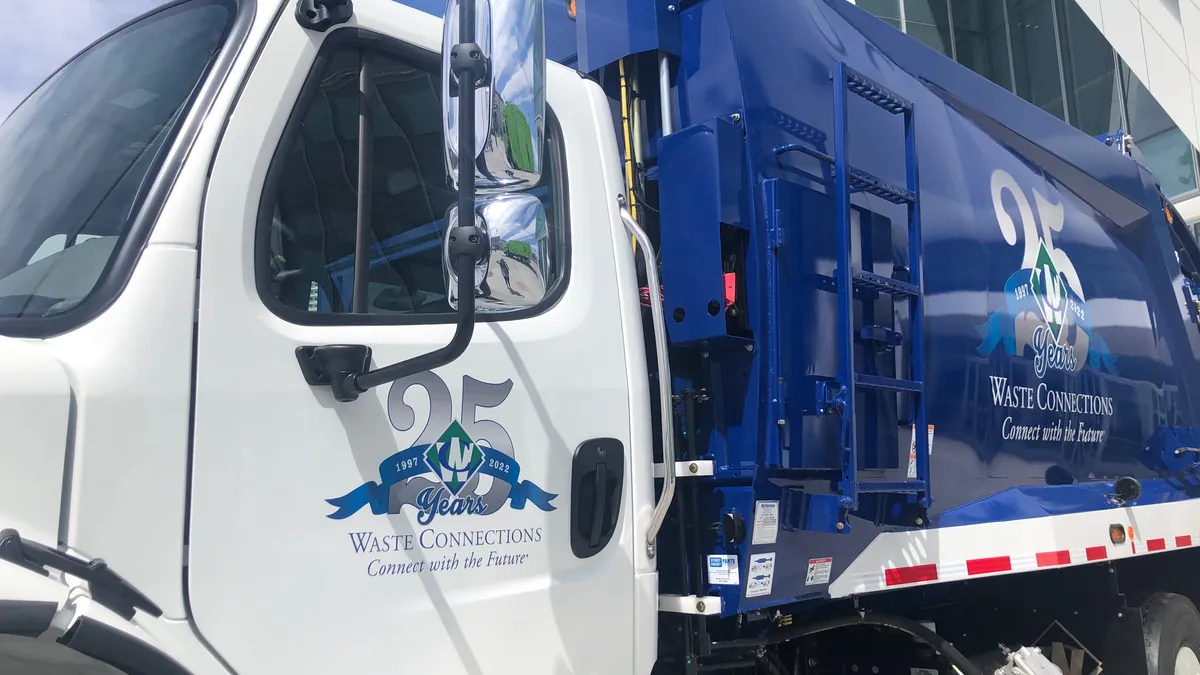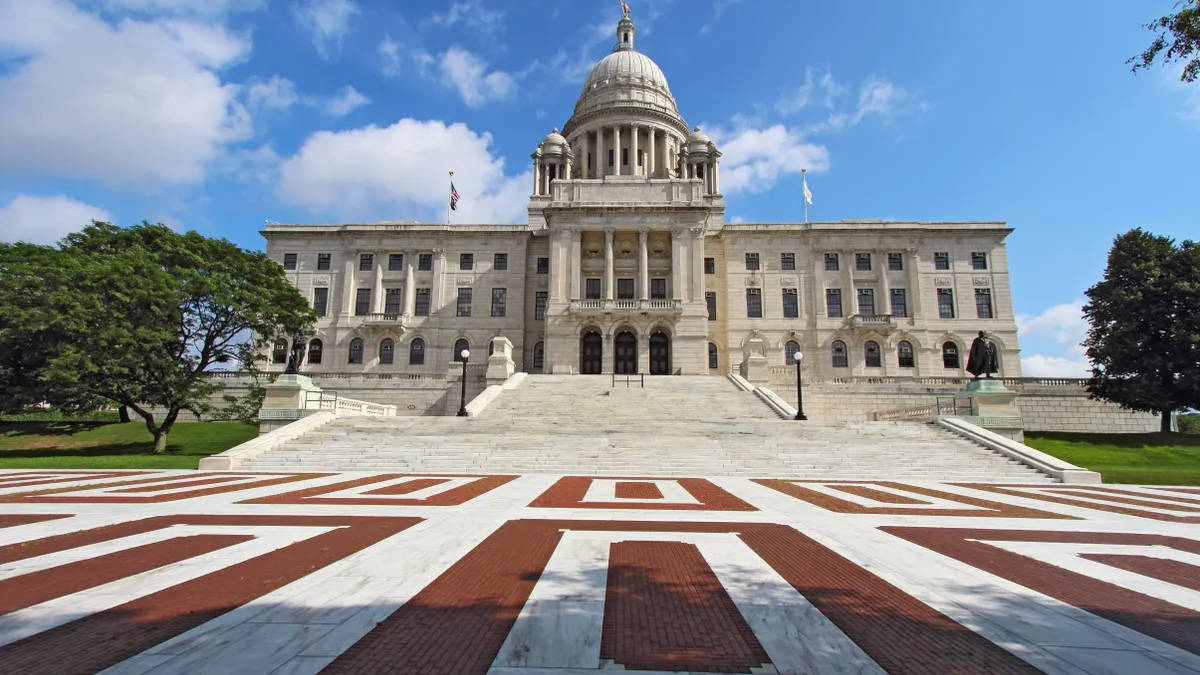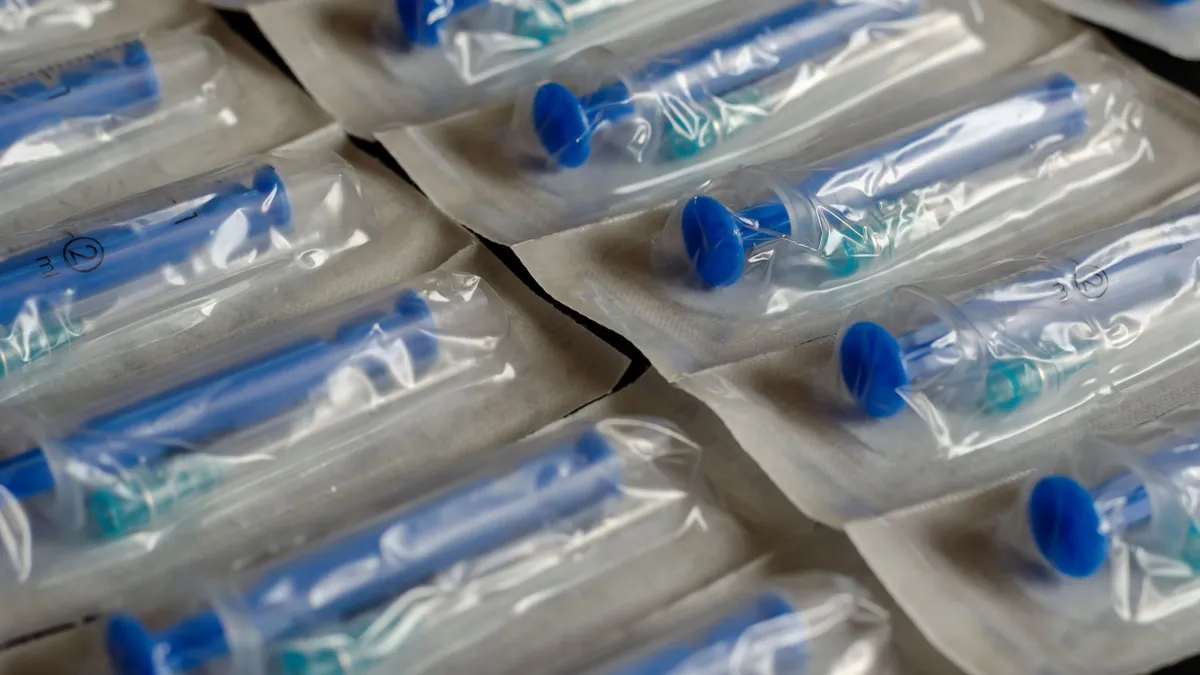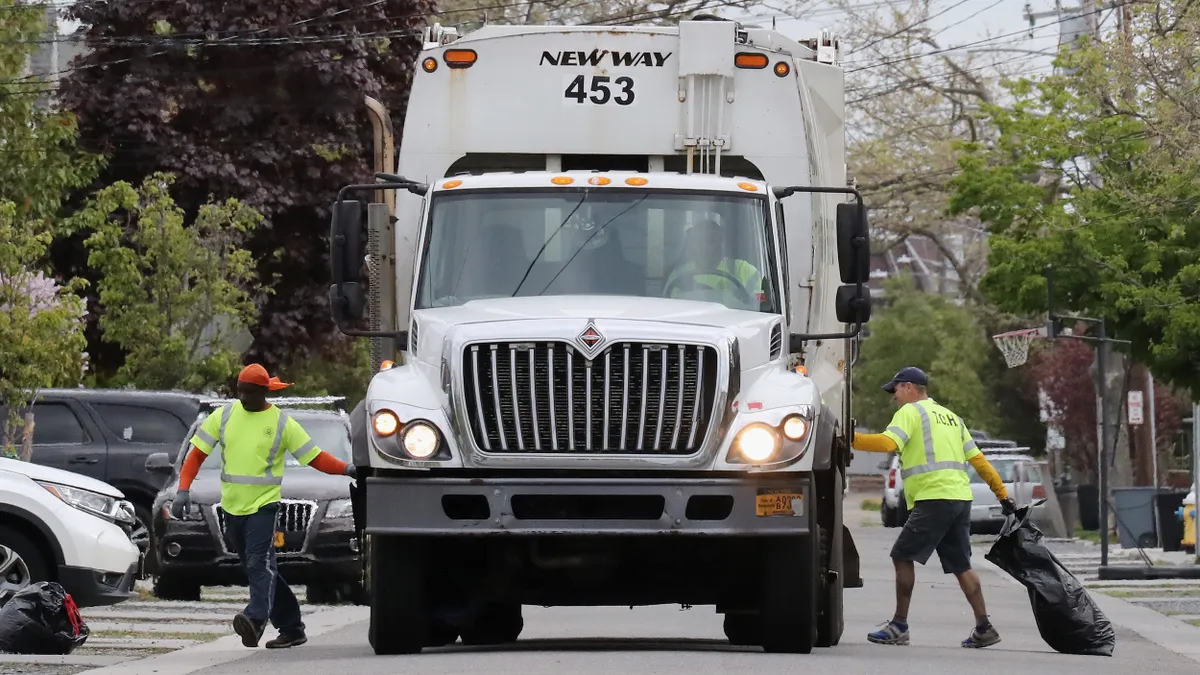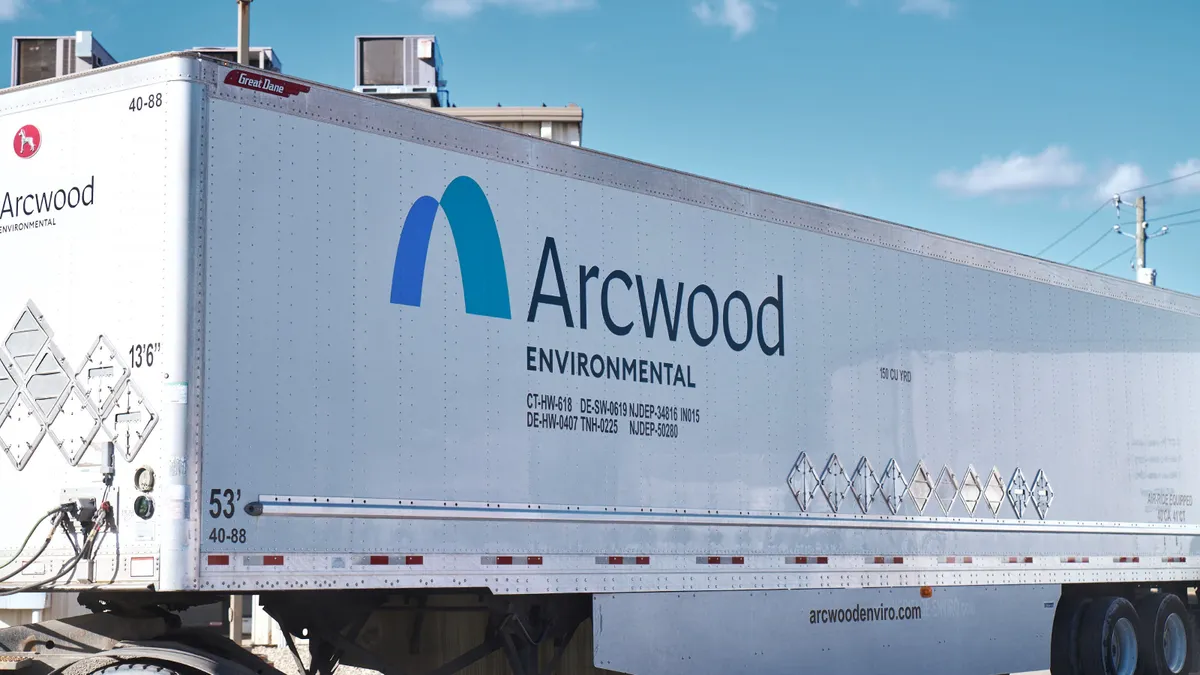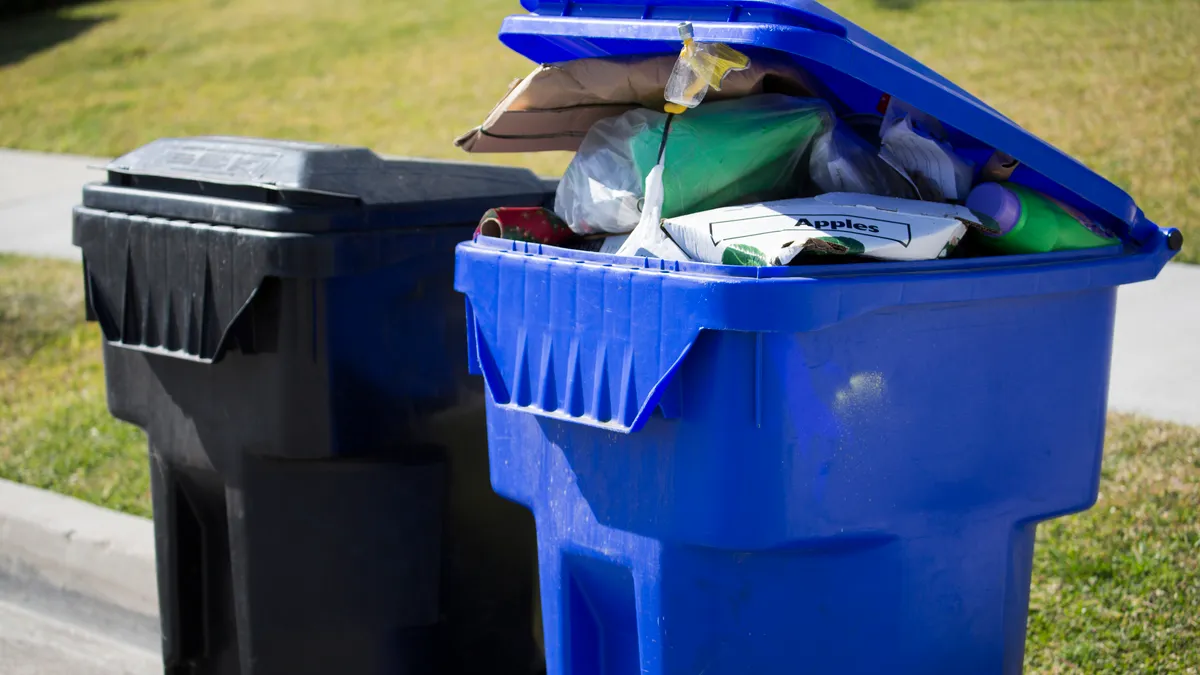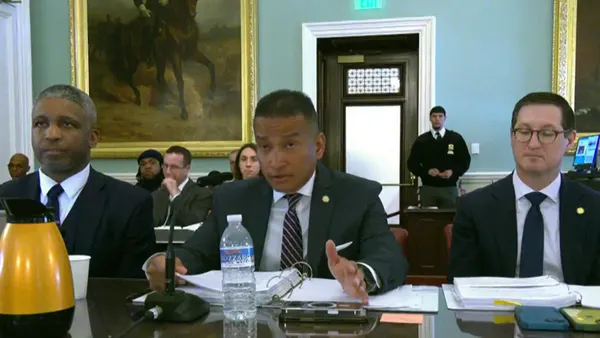WM has opened its newest MRF, a $50 million project in Elkridge, Maryland that has the largest processing capacity of all its recycling facilities.
The Elkridge facility can process about 65 tons an hour, or up to 250,000 tons of material a year. That processing capacity is critical for WM in this region, since it serves major cities such as Baltimore, Washington, D.C. and others in northern Virginia.
The Elkridge recycling facility replaces the company’s previous building, located just across the street. That facility was processing up to 200,000 tons a year before the new facility replaced it, said Chris Pilzer, area director of sustainable growth for WM. Other haulers in the region also rely on the MRF for capacity. “We attract a lot of volume here,” Pilzer said.
Because of that demand, WM continued to operate the original MRF while building the new facility, at one point running both facilities at the same during a transition period, said Chief Sustainability Officer Tara Hemmer. “If we had shut that facility down, there wouldn't have been any place for the material to go. That capacity couldn't have been absorbed,” she said.
Unlike the previous facility, the new Elkridge MRF is much more highly automated and relies on advanced sorting technology. The previous facility had two optical sorters; the new facility has 22, including one on the end of the line to catch any remaining recyclable material. There are also seven balers, nine ballistic separators and other equipment such as a trommel screen and air separators, Pilzer said.
“We are thinking about what our customers are going to need and want in the future, and how do we drive more material through our plants and create better quality that can get turned into new things,” Hemmer said.
When WM announced it would close the former plant, it planned to eliminate about 66 positions. Hemmer said those jobs, including hand sorting, were done by temporary workers and were both hard to hire for and had turnover of “almost 100%.” The headcount for the old facility was once as high as 150.
There are now 65 people who work at the new facility over two shifts, with some employees that were trained in new roles such as maintenance and equipment operations.
“We've worked really hard as we work on this automation transition to make sure that we're upskilling our people,” she said, noting that some of the MRF’s employees have worked at the facility for as long as 10 years. One such employee started as a hand sorter but now works on system operations, she said.
There are still six hand sorters at the new facility, who work specifically on the OCC line, Pilzer said.
The move toward more automation and employee upskilling is part of WM’s system-wide goal of decreasing workforce through attrition. WM eliminated about 1,000 unfilled positions last year and could eliminate about 200 more, Hemmer said.
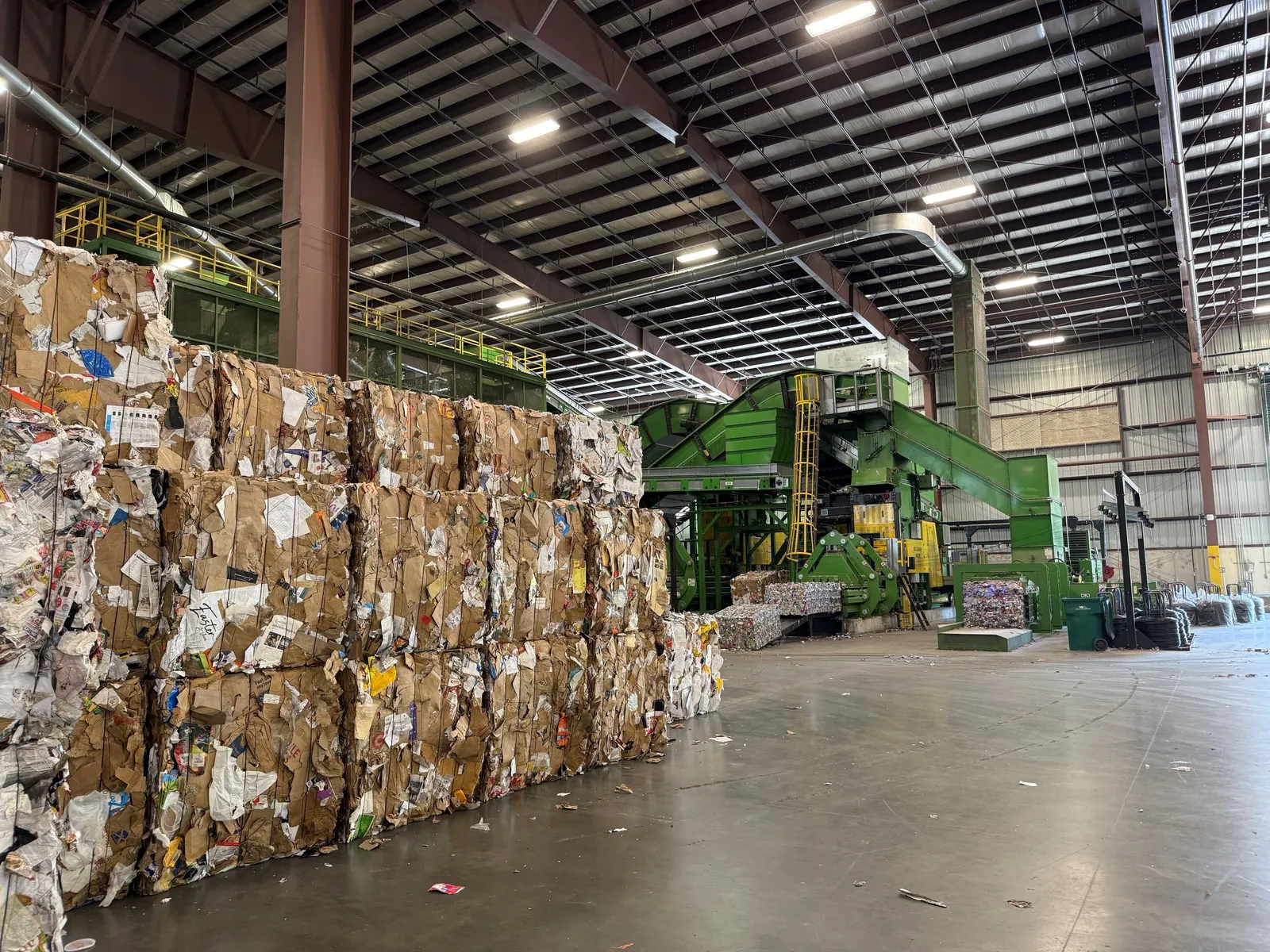
Local officials who attended a ribbon cutting ceremony for the MRF last Wednesday noted that the decision for WM to keep the facility in Maryland’s Howard County will help make it easier for local residents to recycle and add more kinds of material to their bins. They also noted the facility will help maintain a high-material quality to be sold into end markets. Hemmer added that most of the material processed at the MRF goes to domestic markets, though about 60% of fiber is exported.
“I'm grateful for this type of technology in Maryland and for this kind of investment from WM,” said Serena McIlwain, secretary of the Maryland Department of the Environment, adding that residents sometimes worry that their recyclable materials won’t get recycled. “Residents will feel comfortable knowing that there's a facility that has this kind of technology that can ensure residents that your items will be sorted and sorted faster than before.”
The project is part of WM’s long-term plans to invest about $1.4 billion in 39 new and upgraded recycling facilities across North America between 2022 and 2026. WM has said it expects those improvements to add 2.8 million incremental tons of capacity a year.
Last week, WM also announced the opening of its Mesquite Creek Recycling Facility in New Braunfels, Texas. That $72 million MRF, located near San Antonio and Austin, is capable of processing144,000 tons a year and is in “a rapidly growing region for us, considered more of a new market for us,” Hemmer said.
In 2025, Hemmer said WM plans to bring six more “automation investments” online, as well as three projects in new markets. In 2026, it expects to bring online two more facilities in Canada, along with several other MRF projects in the U.S.





